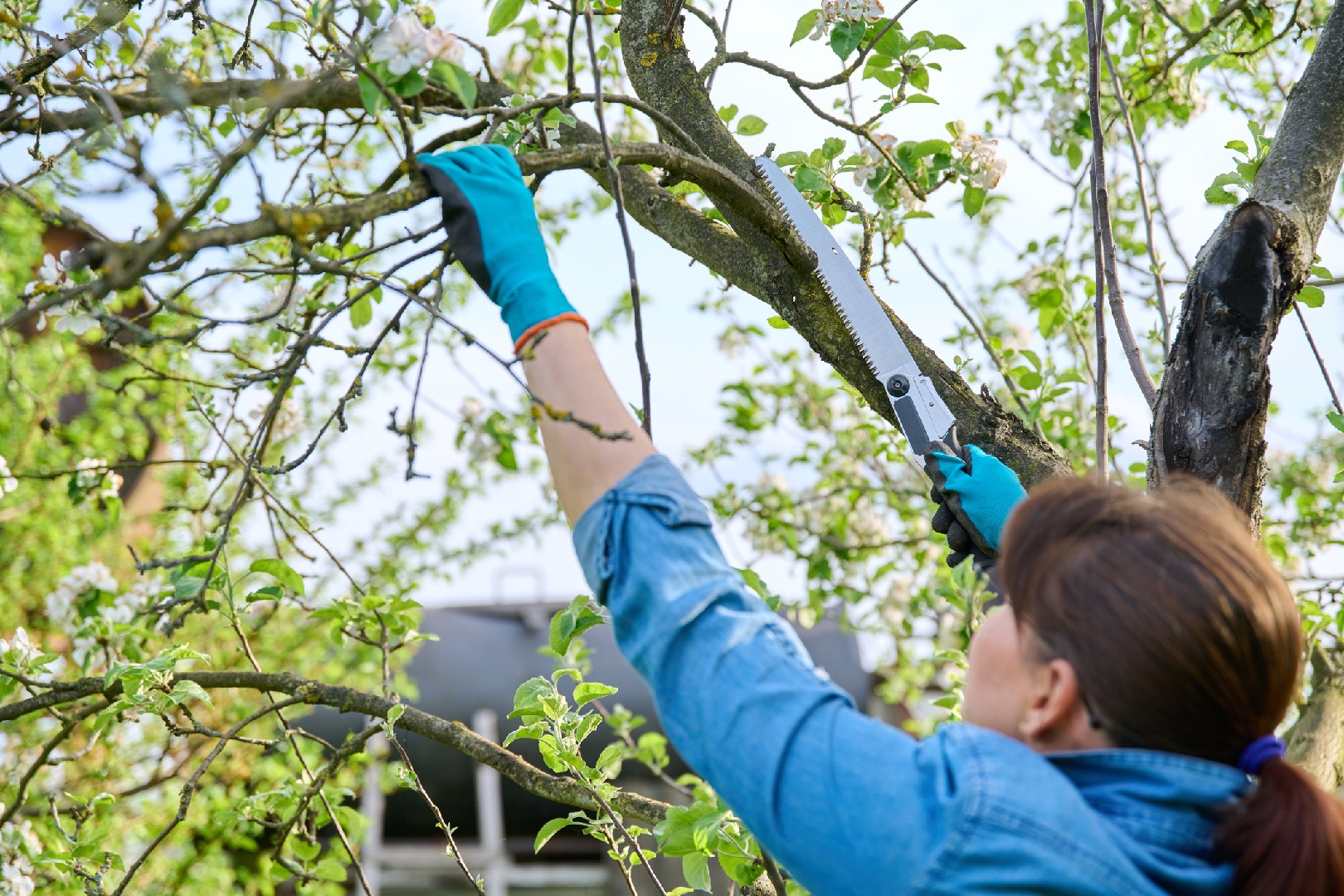
Understanding Why We Prune Perennials
Pruning is an essential practice for maintaining the health and vitality of your perennials. Not only does it stimulate fresh growth, but it also helps to redirect the plant's energy towards areas that need it the most. By removing dead, damaged, or overgrown branches, you are creating room for new shoots to emerge and allowing for better air circulation within the plant.
Regular pruning also allows you to maintain the size and shape of your perennials. Some perennials have a tendency to become leggy or sprawling if left unpruned. By cutting them back regularly, you can control their growth and prevent them from overtaking other plants in your garden. This helps to create a more organized and aesthetically pleasing garden space.
Another important reason for pruning perennials is to prevent diseases and encourage flowering. When you remove diseased or infested branches, you are reducing the chance of the problem spreading to other parts of the plant or neighboring plants. Additionally, by cutting back old or spent flowers, you are promoting the growth of new blooms. This is especially important for perennials that bloom on new wood, as they need to be pruned to stimulate flowering.
Now that we understand why pruning is important, let's discuss some practical tips for successful pruning. First and foremost, it's crucial to use the right tools for the job. Invest in a high-quality pair of pruning shears or secateurs that are sharp and clean. Dull or dirty tools can damage the branches and make it harder for the plant to heal.
Before you begin pruning, make sure to observe the plant and identify any branches that need to be removed. Look for dead or diseased branches, as well as those that are crossing or rubbing against each other. It's also a good idea to remove any suckers or water sprouts that may be growing at the base of the plant.
When making cuts, it's important to follow the natural shape of the plant and make clean, angled cuts just above a bud or branch junction. Avoid leaving stubs, as they can become entry points for pests and diseases. If you're unsure about how much to prune, it's better to start conservatively and gradually remove more if necessary.
After pruning, it's essential to clean up the pruned material and dispose of it properly. Dead branches and leaves can harbor pests and diseases, so make sure to remove them from your garden. You can either compost the material if it's disease-free or dispose of it in the trash.
In conclusion, pruning is a vital practice for invigorating your perennials and promoting their vigorous growth. By understanding the reasons behind pruning and following some practical tips, you can ensure the health and beauty of your plants. So grab your pruning shears and get ready to transform your perennials into flourishing garden stars!









